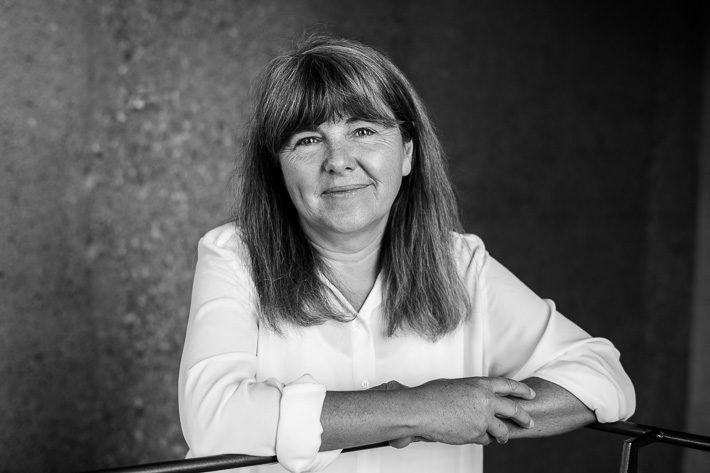Prof. Sylvia Rothe

Dr. Sylvia Rothe studied mathematics at the Humboldt University in Berlin, where she subsequently worked as a research assistant. She then worked as a software developer and in business development for Siemens and Fujitsu-Siemens, among others, and in parallel already realized several film projects on the side. She also attended courses on film design and then turned this passion into a profession in 2011. In the same year, she was a participant in the European Social Documentary training initiative for documentary filmmakers, which focuses on the possibilities of innovative storytelling methods. While working for a Munich-based film production company, Dr. Sylvia Rothe became increasingly involved with the topic of inclusive media and thus also came into contact with virtual reality. She realized various VR film projects and began her dissertation on this topic in 2017. As a doctoral student, she also supervised numerous student projects on virtual and augmented reality as well as AI and led corresponding internships on this topic. Her scientific work has been presented at various conferences (Best Paper Award TVX 2019) and published in scientific journals. In 2020, she completed her PhD on Cinematic Virtual Reality.
For teaching, Dr. Sylvia Rothe plans to teach AI in a very practical way and show its use in film production, among other things. As examples, she sees sifting through large amounts of film data, training camera drones and generating special film sequences using deepfake technologies. In the area of research, Rothe would like to use her first months at the HFF Munich primarily to enter into discourse with the various departments and colleagues and to work out together where AI can support processes in media production. She will then use this to narrow down the scope of her research. Dr. Sylvia Rothe sees multimodal approaches as being of particular interest to the field of film: “Much previous research has focused exclusively on a specific medium such as text, audio or images. In films, however, these are used in parallel and it is therefore also necessary to link the previous research results of different AI branches.